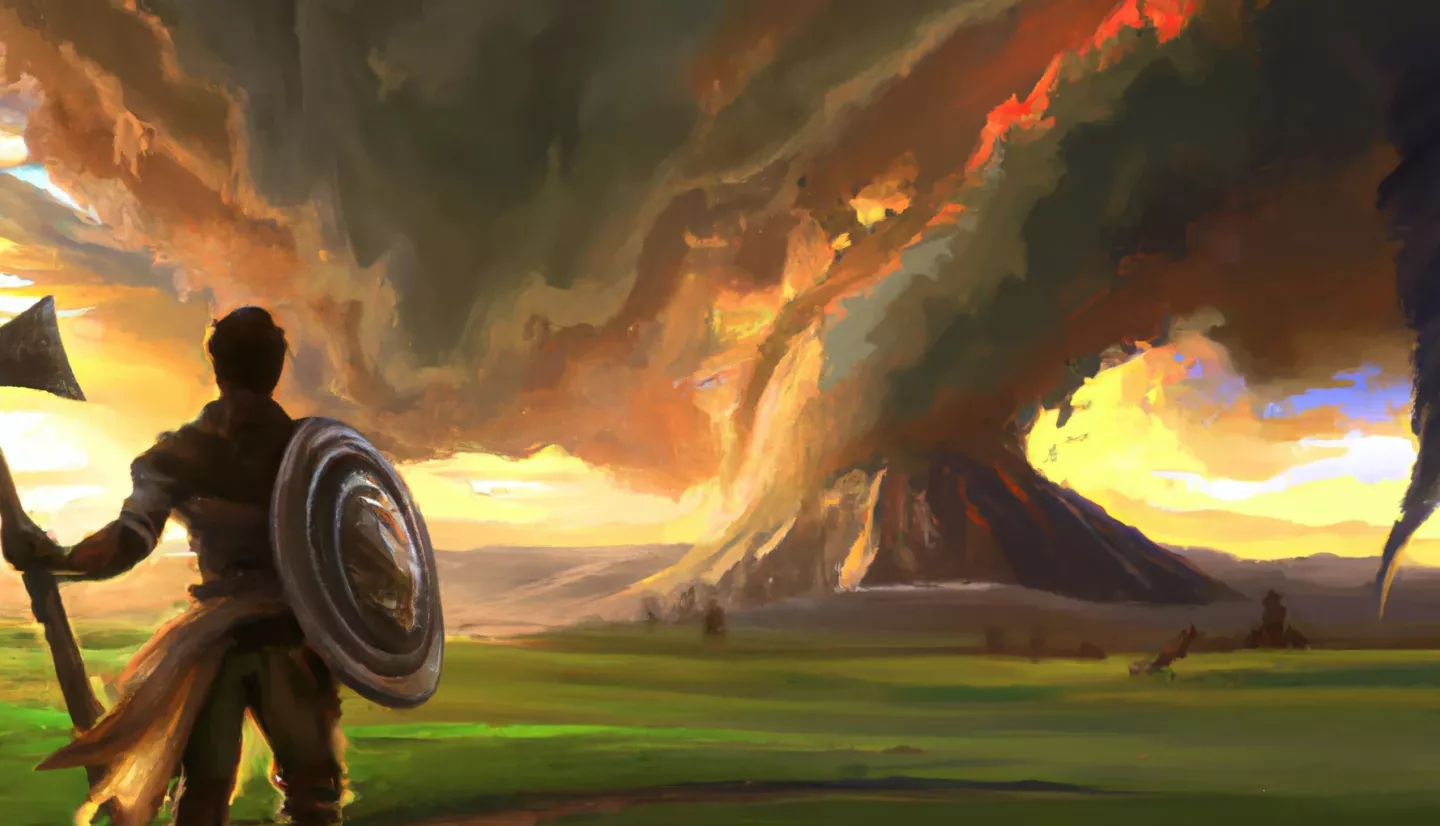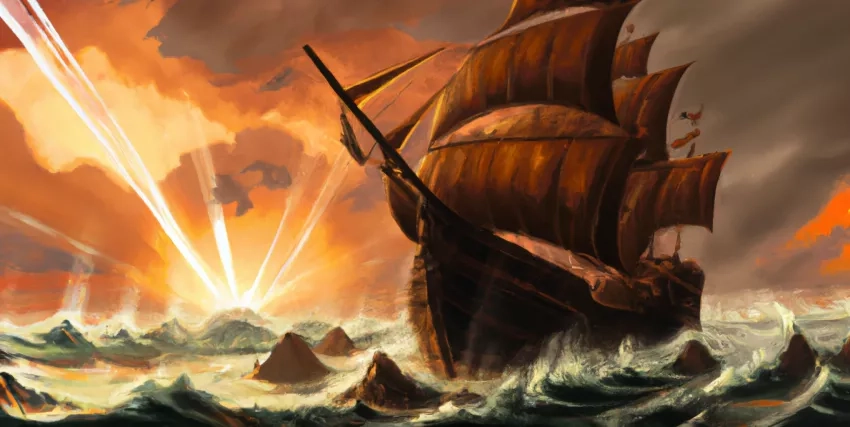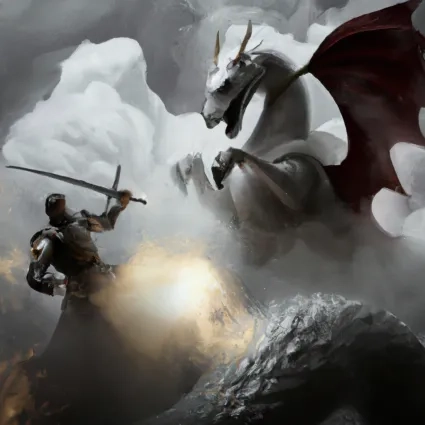It was never just “once upon a time.”
For millennia, stories have offered logical explanations to people and cultures to help understand natural or cosmic events. Even as you read these words—someone, somewhere, is experiencing the thrill of a story featuring a mythic hero overcoming impossible odds. Whether the tale was first written on parchment or is told through a virtual reality game, myths and legends continue to teach us about the world and ourselves. Legendary adventures often highlight the importance of respecting and understanding the natural world and the need to take care of the environment to avoid or mitigate the impact of disasters. Whether our protagonist is an ancient leader who helps others survive catastrophic floods through early preparation, or a modern-day researcher who explores “forests” of data at her desk and treks the globe for her field research, their stories each offer insight.
Today, NASA's Disasters program area invites you to join us as we draw upon elements from traditional myths and stories from around the world as we slay some “monsters of misconception” about so-called “natural disasters” and NASA’s role in helping equip people, organizations, and communities around the globe to cope with them.
Wait. Did you miss that you are the hero of our shared quest?
That’s right. But have no fear. One of the first stages of the hero’s journey is finding a sage or mentor to guide you. Think of us as a modern-day “Merlin” who stands with you to help defeat the “dragons of disasters.” (Hint: the “dragons” aren’t real; they are merely a metaphor for things that stand in the way of protecting your world from disasters.) Along the way, we’ll help you discover free and openly available disaster resources you can use to protect your own villages and equip your community to live “happily ever after.”
In our shared journey, we’ll show you how you can make the most of an advanced disasters mapping portal to reveal highly reliable and near real-time information about flooding, landslides, and many other natural hazards on Earth. We’ll present a futuristic risk assessment tool that can map potential economic disruption in your community from various geomorphic, weather-related, and other threats. We’ll dive deeper into an array of other applications, tools, and Earth-observing data that can help you and your community visualize and understand the implications of natural phenomena such as volcanos, earthquakes, tsunamis, fires, and floods.
The things we have to offer aren’t an enchanted sword or a magic wand. It’s people. It’s research, and it’s tools to inform your decisions well before natural hazards darken your castle walls.
It’s better than magic. It’s science.
Now, it is time to begin our adventure together. Did we mention that we are particularly fond of maps? What better way to start a journey?
Begin your hero’s journey today by exploring 10 common myths of disaster risk:
Sign up for our NASA Disasters Community Newsletter to discover more for your journey toward disaster risk reduction.
Art Credits: NASA Disasters Communications team using source imagery created with the assistance of generative artificial intelligence.







